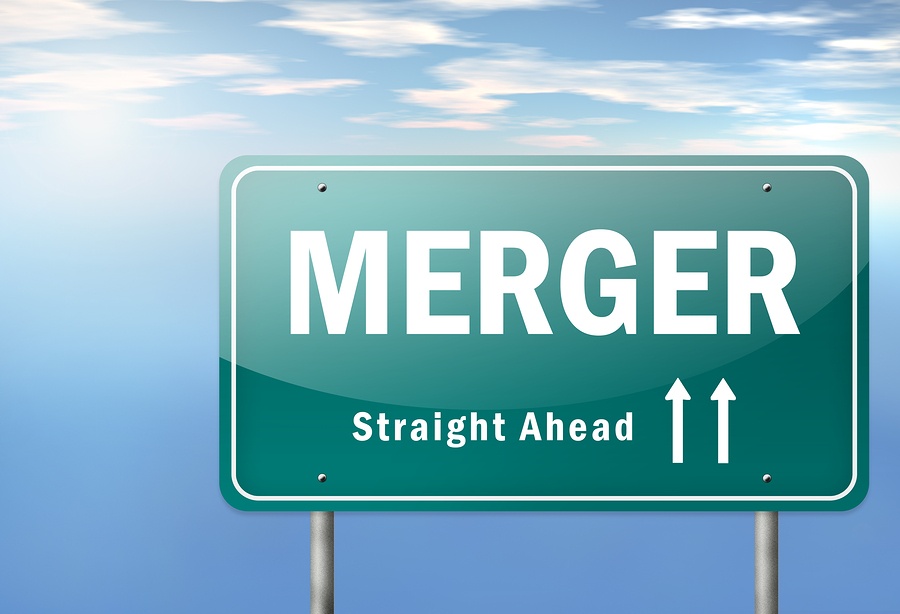When your company is healthy and growing, it’s not uncommon for the subject of a merger or acquisition to come into play. They can be excellent strategic moves to help you gain additional distribution, capital, access to patented processes, or simply broaden your customer base.
But while the CEOs, CFOs, and COOs are working out the details of the sale, your HR department will be dealing with the day-in-day-out human component. They’ll be fielding questions from concerned employees, figuring out how your employee benefits will be affected, and looking for possible solutions.
CHROs have a tough job ahead of them during mergers and acquisitions and we have some experience in assisting employers through the process. Here’s what we’ve learned and how you can apply it to your own employee benefits issues in mergers and acquisitions.
The Role of HR in Mergers and Acquisitions
Mergers and acquisitions are complicated endeavors, involving an incredible amount of work and attention to detail. Because HR departments are the ones who deal with the human component (arguably the most valuable in any company), they’re tasked with some of the most difficult pieces of the puzzle.
After all, a case can be made that human resources is far more complex than most other departments because every person is different. Each employee has different needs, motivations, and goals, which will cause each person to feel differently about the merger or acquisition. Some may feel apprehensive or scared, while others may be excited at the new possibilities.
As such, the failure to reach objectives after a merger or acquisition is oftentimes blamed on the human resources department. Reasons such as “incompatible cultures, [differences in] management styles, poor motivation, loss of key talent, lack of communication, diminished trust and uncertainty of long-term goals” are typically cited as barriers to success.
But if HR-related issues can be blamed for failure, there’s no reason they can’t be praised for the successful merger of two companies or acquisition of another. We’re willing to bet that the objectives behind such business strategies couldn’t be obtained without talented HR professionals easing the transition.
And of course, one of HR’s biggest responsibilities is employee benefits, which is bound to be at the forefront of employees’ minds during either a merger or an acquisition. Every aspect of employee benefits affects employees’ families, from health insurance and paid time off (PTO) to retirement benefits and childcare subsidies.























